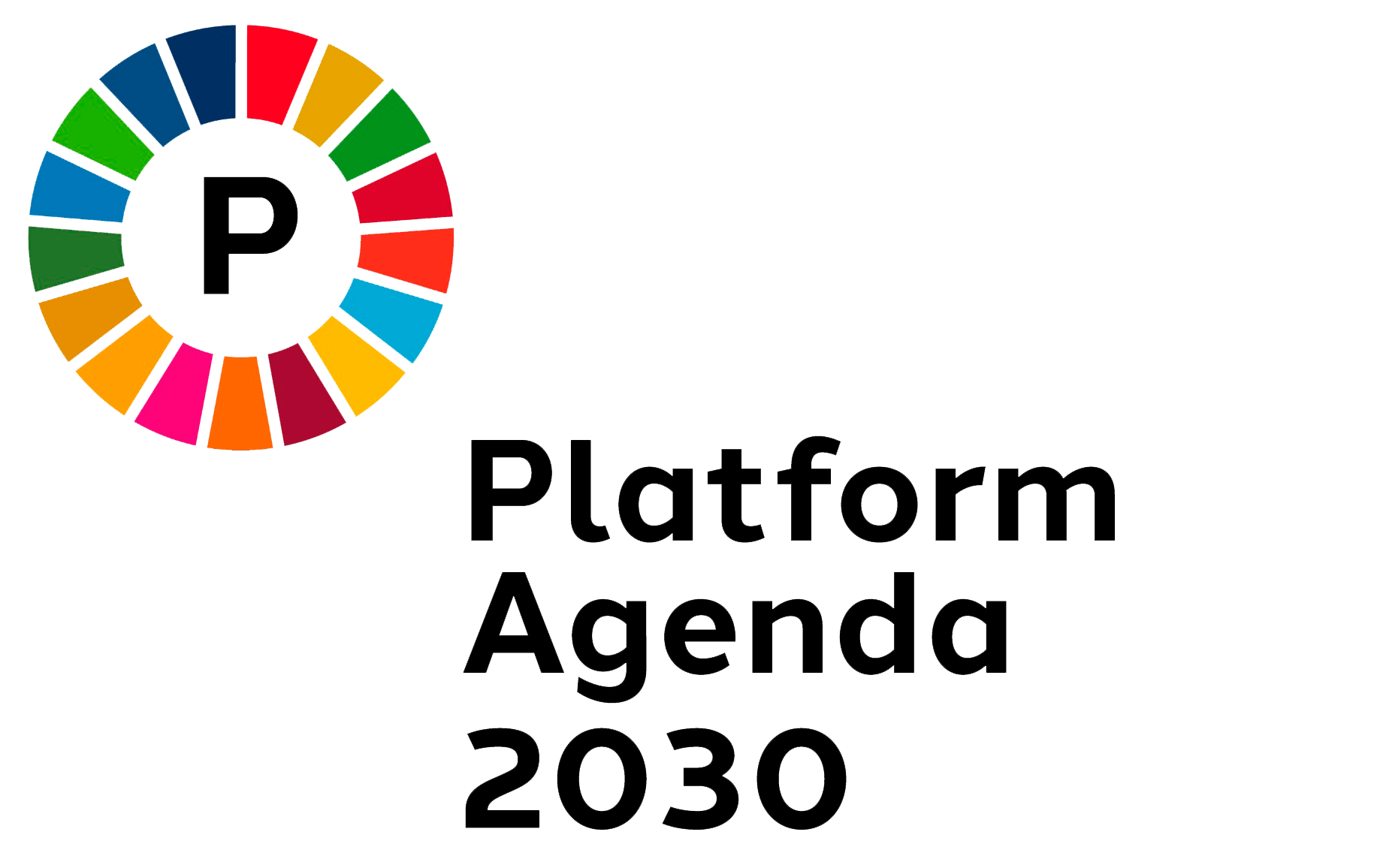COVID-19 was a big test for UN migration initiatives. Did they succeed?
Acknowldegement: This blog post was first published on openDemocracy.
Migrants working in frontline jobs are twice as likely to contract the coronavirus. They are also less likely to access basic services.
During the springtime lockdowns in Europe, a poem-turned-video ‘you clap for me now’, went viral. Its message was to protect the migrants in the EU, who work to keep home-office populations safe, but who often face discrimination and stigmatization.
Between 13% and a third of essential workers are migrants.
Many are left behind in terms of access to unemployment benefits and spiral into hunger, poverty, isolation, and illness. Out of 250,000 undocumented migrants in Switzerland, 90,000 have not accessed healthcare during the pandemic, for fear of being detected, denounced and deported.
Migrants are at a ‘triple loss’ by the pandemic—not only are their jobs more precarious, their journeys more perilous, but they also face twice the risk of contracting the virus than non-migrant populations.
At the peak of the ‘refugee crisis’ in 2015/16, some EU Member States raised the resettlement conflict to the UN in the hopes that sharing responsibility for large population movements would be resolved more evenly at the global level. This led to the formation of the Global Compact for Migration (GCM). The GCM figures as the first UN-led global instrument entirely devoted to international migration, which, even if not legally binding, restates the existing international legal obligations on migration and provides a benchmark of where the protection of migrants’ human rights currently stands at.
The UN Agenda 2030, is a non-binding UN instrument, adopted in 2015, which commits states to achieving 17 Sustainable Development Goals by 2030. Though the Agenda does not have a particular focus on migration, it does address issues that are vital to migrant rights such inequality, labor and education, calling for ‘well-managed migration policies’ that ‘facilitate orderly, safe, regular and responsible migration and mobility’. Other goals include eradicating poverty and hunger, achieving gender equality as well as health, and well being.
In 2020, COVID-19 was a big test for these UN initiatives. But have they proven useful in the response to the global pandemic especially in protecting migrants?
Why does the GCM matter?
Surprisingly little can be found in the GCM’s 23 objectives about mitigating the effects of a public health emergency, including COVID-19 on migrants. Data about how COVID-19 affects the migration lifecycle is still scant. The GCM’s objectives are still far from being achieved, especially when it comes to access to basic services, empowering migrants or eliminating discrimination. In its current form, the GCM is more set to strengthen the global governance of migration under the auspices of the International Organisation for Migration rather than allow a deviation from it.
States like Italy, Portugal and Spain, have been experimenting with regularising undocumented migrant populations during the COVID-19 pandemic. However, there is no international framework to monitor and review these one-off programs.
They remain subject to potential arbitrariness, fraud by employers or selectiveness.
For instance, in Italy protection only included undocumented migrants who work in the frontlines, leaving out those working in construction or logistics. More global oversight can help avoid such arbitrary or short sighted decisions and to make sure the rights of migrants are protected and health prevention during the pandemic is insured.
Who’s afraid of regularising migrants during a pandemic?
In addition to Italy, Portugal also regularised the status of undocumented migrants who were carrying out frontline functions, including harvesting, healthcare and domestic work. Likewise, Spain considers normalising its roughly 430,000 undocumented migrants. It is no coincidence that the pandemic prompted the city councils of Geneva and Zurich to finally implement a city card for the undocumented, allowing them to seek emergency health care and allowing their children to access schools.
Clearly, to regularise status, means improving access of migrants to health, education, food, and shelter. Yet, the EU return directive only justifies case-by-case authorisations of stay for ‘compassionate, humanitarian or other reasons.’
Article 16 of the directive justifies large-scale extensions of the period of stay, only when a country’s detention facilities, judicial or administrative staff cannot handle ‘unforeseen’ large numbers of unauthorized entries. Border closures, travel bans, and other COVID-19 response technically disable authorities from effectively returning migrants to their home countries and might justify an extension of periods of stay. Yet, the EU Commission’s Guidance on COVID-19 prescribes that returns must go on, and should not be replaced by emergency measures. In fact it goes as far as to prohibit considering COVID-19 as a compelling ‘humanitarian or compassionate’ ground for member states to grant stay.
While the International Labour Organisation’s conventions and recommendations encourage any amelioration of irregular status for migrants, the UN Migrant Workers’ Convention (1990) revokes any responsibility for regularisations and instead reserves the right for nation statesto do as they please. What the convention does guarantee is the rights of undocumented migrants to access emergency health care and education. Similarly, UN drafters deleted an obligation to regularise or the right to access regularisation for migrants from the final text of the GCM adopted 19 December 2018.
Instead, the GCM hides regularisation under case-by-case hardship applications, which means that amnesties are available only to the most vulnerable who must prove their individual cases.
Unlike the GCM, the Agenda 2030 is not limited by state sovereignty over borders, territory and admission. Rather, it proposes a global policy which could imply normalising the status of undocumented migrants. The Agenda seems to be a better bet by calling for ‘safe, orderly and responsible’ migration to balance-out inequalities and ‘leaving no-one behind’. But is such a plan really possible in practice?
The Agenda 2030 puts a clear-cut development focus on migration policies concerning facilitating remittances or regulating the ethical recruitment of migrant workers. But some critics have warned against such goals serving to undermine the human rights protection of migrants and enabling the Global North to hide behind the fig leaf of development, or practices such as delegating border control to first-arrival countries.
Much ado about ‘global migration’?
The UN does not govern migration, but it can ideally establish a system where responsibility is shared by host and sending states alike. Many of the lockdowns around the world are local, municipal even. this is why a global governance solution like the GCM is unable to pilot these decentralised dynamics. Initially, states who joined the GCM avoided committing to cooperation with local authorities, now in the midst of the crisis, it is too late to extract that promise from them.
Multilevel structures were useful for governing the large population flows of 2015/16 despite all the criticism. Today, the same dynamics could mitigate the life-threatening impact of COVID-19 on migrants and those remaining behind. Agenda 2030 could be the first step to govern migration better and legitimise local and regional efforts to regularise undocumented migrants engaged in vital sectors.

Marion Panizzon
Plattform Agenda 2030
Acknowledgement
This blog was first published as opinion piece on openDemocracy, an independent global media organisation.
